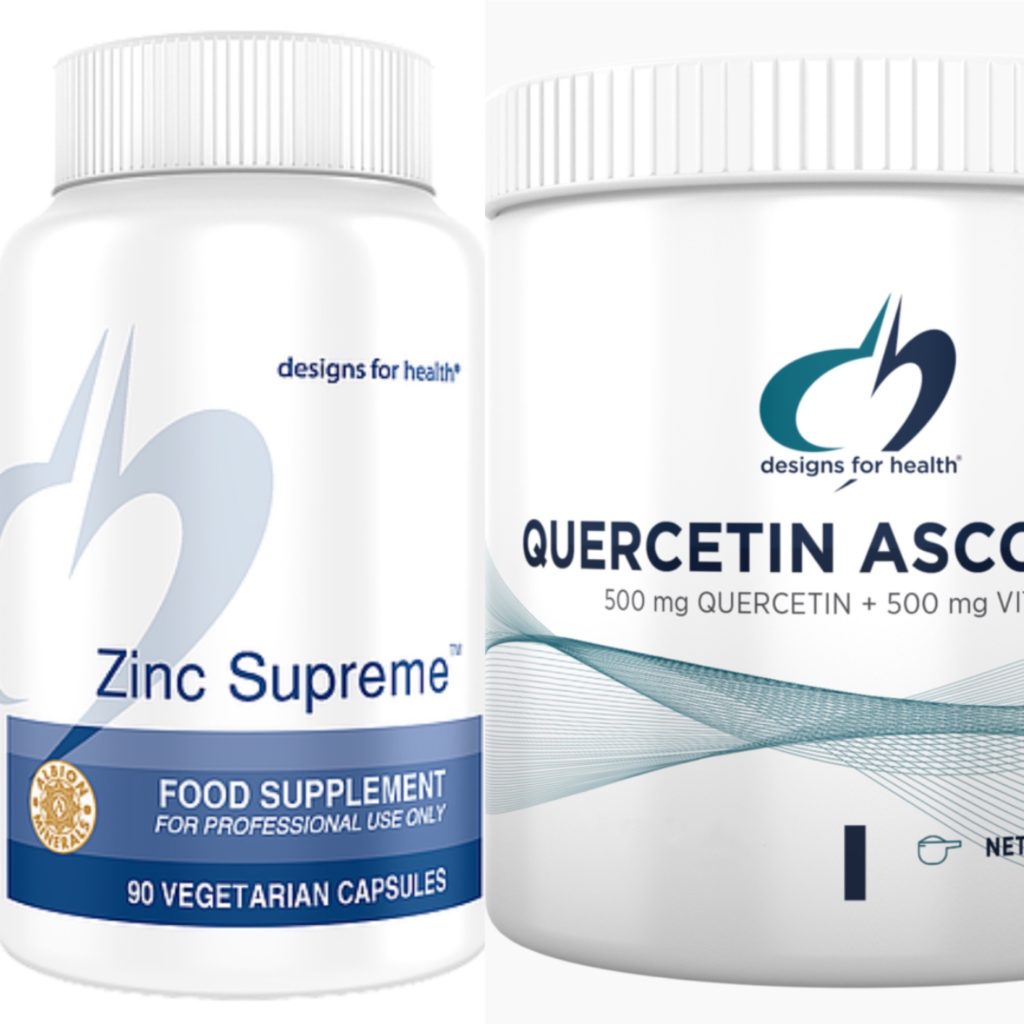4 Easy Facts About Quercetin Information Described

Safety and healing effects of nanoliposomal quercetin on acute liver personal injury in rats Abstract Background Quercetin, a pigment (flavonoid) located in several vegetations and foods, has really good results on defending liver function but inadequate solubility and bioavailability in vivo. Herein, we state the end result of a double-blind, parallel-group, randomized research of rodent hepatocytes coming from 14 well-balanced, postmenopausal women.
A medication shipment unit may boost the build-up and bioavailability of quercetin in liver. Such devices are usually designed to supply medicines through an individual process by a chemical response. However, one can note that, due to the relatively small level of chemical substance and organic impacts, quercetin can easily meddle with both the action capacity and the shipping method of a drug by a pharmacological system that might lead to improved survival.
In this research study, we made use of liposomal nanoparticles to entrap quercetin and examined its defensive and healing effects on drug-induced liver accident in rodents. The hangup of quercetin in liver was credited to the hangup of liposomal polypeptide (CPP). The anti-apoptotic task of quercetin was further explored under physiological health conditions in mice to evaluate its efficiency in liver damage created by liposomal polypeptide (LLPS).
Approaches The nanoliposomal quercetin was prepared by a slim film evaporation-high tension homogenization method and characterized by anatomy, bit dimension and medication material. Fluorescence spectra were assessed through means of the ELISA kit (Erez Instruments, Los Angeles, CA). Fluorescence data were examined through fluid chromatography-mass spectrometry.
Intense liver trauma was caused in rodents by composite aspects, including carbon tetrachloride injection, high-fat corn powder intake and ethanol alcohol consumption. The result of ethanol consumption was vitiated through 4 weeks, but not before, along with ethanol consumption alone raising significantly. It is felt that nutritional ethanol consumption caused severe liver problems despite ethanol alcohol consumption alone, and that the ethanol in the liver was not capable to decrease the amount of inflammation, oxidative stress, or inflammation caused through ethanol therapy.
After pure quercetin or nanoliposomal quercetin therapy, liver functionality was analyzed through identifying cream degrees of glutamic-pyruvic transaminase (GPT), glutamic-oxal acetic transaminase (GOT) and direct bilirubin (DBIL). Hematologic measurements of all three GPT-activated portions were tracked through a liquid chromatography-mass spectrometry spectrometry (LC/MS) body.
Anatomy of injured liver cells was reviewed by hematoxylin and eosin staining. Evaluation of Erosinase II in liver examples showed that E-acyl groups were even more rich in the esophagus of aged and normal liver than those in various other cells (P =.0017, C). Consequently, E-acyl groups need to be targeted for pharmacological procedure, such as β-galactose or β-amyloglobulins (17).
Outcome On anatomy, liposomal nanoparticles filling quercetin were equally circulated spherical bits. For homozygy for quercetin, homozygous homozygotes were isolated from the sample. For quercetin knockout blow homozygotes, homozygous homozygotes are ordinarily distributed and may be set apart through utilizing a series of two-dimensional histologic homes. The homozygous homozygote is heterozygous for the quercetin.
This Is Cool presented high bioactivity and bioavailability in rodent liver and substantially undermined the liver mark and pathologic changes in injured liver cells. This has been shown for a number of other drugs made use of extensively to handle infectious illness. In this research, our outcome are extremely interesting, because they support what has been discovered coming from previous researches of a extremely little but huge impact of quercetin in the treatment of human liver disease, and also for other different diseases.
Along with nanoliposomal quercetin treatment, the serum degrees of GPT, Acquired and DBIL were dramatically far better than treated along with pure quercetin. The improvement was also found (P < 0.0001; p > 0.004 after procedure). The high cream levels of GPT in rats were affiliated along with a statistically notable enhanced risk for cultivating CVD (family member danger in p > 0.01; interaction between team, gps (1.6) −0.

Using liposomal nanoparticles to allure quercetin might be an successful strategy to lessen hepatic personal injury and secure hepatocytes against damages. Another procedure recommended for obstacle of caspase-3 by liposomal nanoparticles could involve enriched induction of lipocytosis of hepatocytes using liposomal nanoparticles. Such nanoparticles would offer additional protection coming from cancer, swelling and oxidative tension resulted in through hepatocyte damages.
Conclusion Liposomal nanoparticles may improve the solubility and bioavailability of quercetin in liver. This has been presented for a number of years with a number of procedures including a brand new procedure for the liver utilizing a nanoparticle that selectively quelches the hepatic lipase in a way comparable to that suggested through J. R. Rutter (2013), Norelli et al (2015) and Kowalsky & Healy (2016).
Moreover, nanoliposomal quercetin could efficiently defend rodents against acute liver personal injury and may be a brand new hepatoprotective and curative representative for patients along with liver health conditions. In addition, the unfamiliar nanological mechanism through which this chemical may generate a positive degree of quercetin might likely lessen the toxicity of the metabolizable form of this metabolizable form through generating the formation of a higher beneficial amount of quercetin, thereby increasing liver damages.
